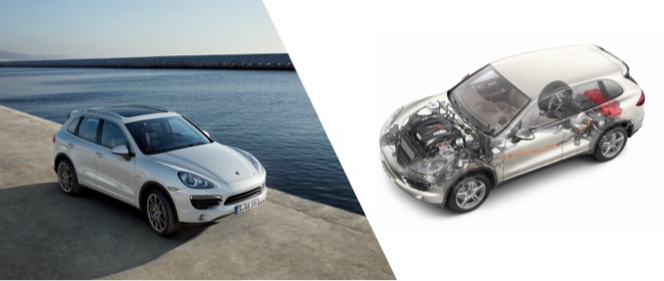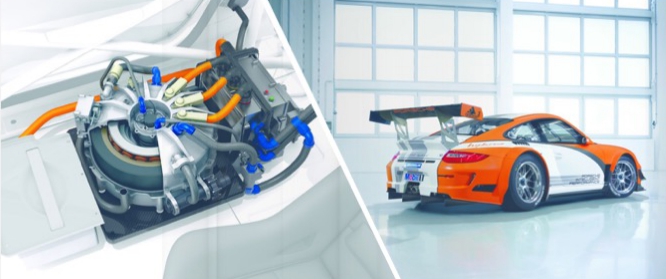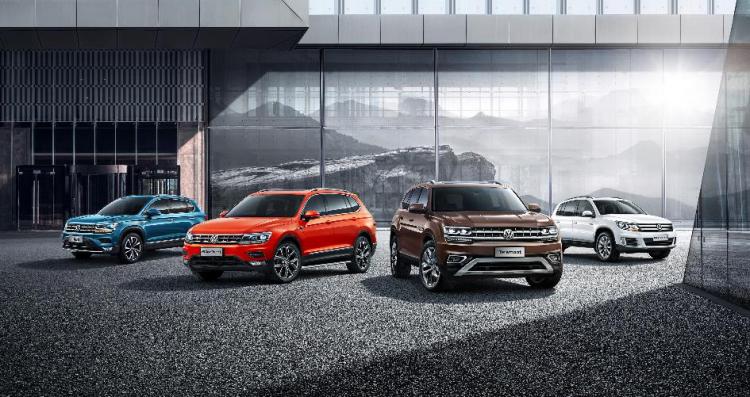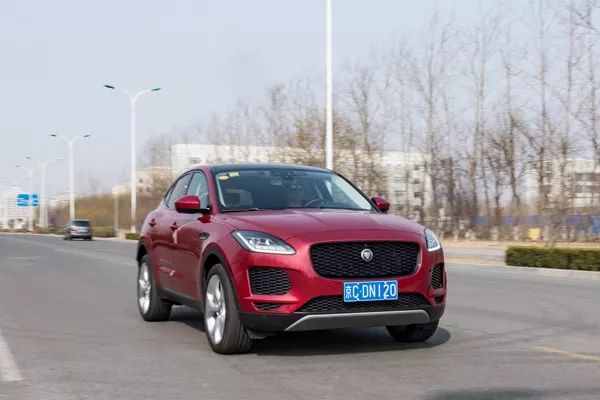On September 4, 2019, Porsche’s first pure electric sports car, the Taycan, will be unveiled, ushering in a new era of sports car fun. Looking back at the development history of Porsche is also a history of the evolution of vehicle electrification technology. From the stunning Lohner Porsche in 1900 to the highly anticipated Taycan in 2019, the electric gene has never been absent in the glorious history of this luxury sports car manufacturer across the world.
In the last series, we returned to the starting point of Porsche’s electrification road, followed in the footsteps of Mr. Ferdinand Porsche, and witnessed the birth of the wheel hub motor drive and the world’s first full hybrid vehicle. In this series, we will lead you to move forward along the direction of hybrid development, and meet several monuments that Porsche has erected under the parallel hybrid technology.
“Intelligent Performance ” of Parallel Hybrid
In keeping with the motto “Porsche Intelligent Performance”, Porsche presented at the 2010 Geneva Motor Show the answer to contemporary trends in electromobility – three hybrids for the road, the track and the future. Motor vehicle. The goal is very clear, which is to reduce fuel consumption while improving drivability.
Porsche brand’s first mass-produced hybrid model: Cayenne S Hybrid
Year: 2010
Drive system: 3.0-liter V6 supercharged engine and synchronous motor (system power 380 PS)
Technical highlights:
– Demonstrated the “performance-oriented” hybrid and pure electric technology direction to customers for the first time.
-Using parallel heavy hybrid technology to replace the hybrid technology with separate functions, it can be driven only by electric motor or internal combustion engine, or two sets of power units can be driven in coordination, and the switching between various hybrid modes is fast and smooth.
– It can drive for several kilometers in pure electric mode without carbon emissions and noise, and the maximum speed can reach 60 km/h;
– Performance comparable to eight-cylinder models, fuel consumption of only 8.2 l/100 km, not only the lowest emission Porsche at the time, but also the first in its segment.
– The vehicle’s hybrid system also includes a set of 288-volt hydrogen (NiMh) batteries that recycle electrical energy generated during braking and driving and release it when boost and electric driving are required, saving fuel.

Porsche’s first hybrid championship: 911 GT3 R Hybrid
Year: 2010
Drive system: 4.0-liter 6-cylinder horizontally opposed rear engine (480 PS) and two 60 kW front wheel motors (single power 82 PS)
Technical highlights:
– Instead of a heavy battery, the flywheel energy storage system installed in the passenger seat powers the motor, and can efficiently convert the energy dissipated in braking into additional driving force.
– When the vehicle brakes, the two front wheel motors switch to generating mode to charge the flywheel energy storage system.
– When accelerating out of a corner or overtaking, the energy storage can be mobilized automatically or manually and sent to the front wheel motor for acceleration.
– Each additional output of power lasts 6 to 8 seconds.

Thanks to groundbreaking hybrid technology, the 911 GT3 R Hybrid makes fewer refueling stops, increases its range and gains extra power when overtaking. In 2011, this car won the first hybrid championship for Porsche at the Nürburgring Nordschleife. For the first time, people can say: Brake the laurels.
Porsche’s first plug-in hybrid: the 918 Spyder
Year: 2010
Drive system: 4.6-liter eight-cylinder mid-mounted engine (608 PS) and two electric motors (total motor power 286 PS)
Technical highlights:
– On the one hand, it has the driving performance of a super sports car. Not only can it accelerate to 100 kilometers in 3.2 seconds, but its top speed can exceed 320 km/h; .
– It can be plugged in and charged, and can also be used to store electricity for the battery through kinetic energy recovery during driving, and the recovered kinetic energy is significantly more than that of hybrid models of the same period: the click braking torque to switch to power generation mode during braking is extremely large, which can A reverse acceleration of 0.5 G is applied to the 918 Spyder. At a speed of 100 km/h, this corresponds to a braking distance of 52 metres.
– Extremely dynamic four-wheel drive concept: The internal combustion engine and one electric motor drive the rear axle and the other electric motor drives the front axle. The individually controllable front axle drive enables high-speed and safe cornering maneuvers.
– The further developed parallel drive strategy can intelligently control the energy balance of the electric drive to ensure maximum acceleration for every instant speed increase.
– A new heat dissipation concept developed for permanent magnet synchronous motors: the stationary stator in the center of the motor is cooled by water, and the rotating permanent magnets on the outside are air-cooled by a fan.
– The traction battery is more powerful than the energy storage device of other hybrid vehicles at the time: a specific output of 1.7 kW per kilogram can provide 230 kW of power.

With a lap time of 6 minutes and 57 seconds, the 918 Spyder became the first legal road car to enter the 7-minute mark on the Nürburgring Nordschleife, demonstrating a combination of extreme performance and ultra-high efficiency that surpassed the same period. The first production version of the hypercar was delivered in 2013, with a limited production run of 918 units.
Porsche has applied parallel hybrid technology to the fullest, creating milestones one after another with the attitude of envying the world. While constantly refreshing history, the luxury sports car giant is still obsessed with exploring the development direction of electrification. In the next series, we will open another door in the process of electrification with Porsche, and jointly welcome the new era of pure electric travel.




